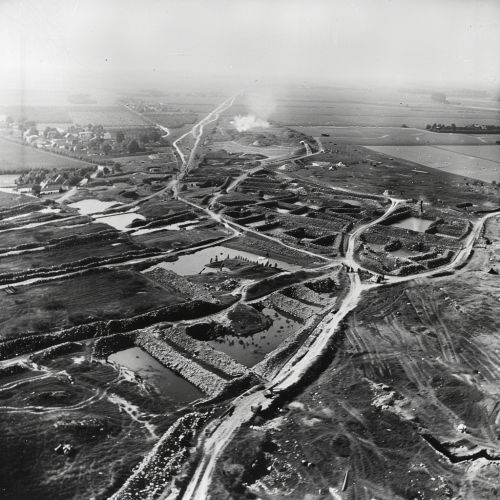Battle of Tannenberg
Background
The Battle of Tannenberg was a significant conflict during the early stages of World War I. It took place between the 26th and 30th of August in 1914, near the town of Tannenberg in East Prussia, now known as Stębark in Poland. The battle was fought between the Russian Empire and the German Empire, resulting in a decisive victory for Germany.


Prelude to the Battle
In the early stages of World War I, Russia had mobilized its forces quicker than Germany had anticipated. The Russian First and Second Armies, under the command of Generals Rennenkampf and Samsonov respectively, invaded East Prussia. The German Eighth Army, led by General Prittwitz, was tasked with defending the region.
The Battle
On August 26, the Russian Second Army engaged the German Eighth Army near Tannenberg. The Russians were initially successful, pushing back the German forces. However, the German commanders, Generals Hindenburg and Ludendorff, who had replaced Prittwitz, managed to intercept Russian communications. This allowed them to understand the Russian strategy and plan a counter-offensive.
Aftermath
The Battle of Tannenberg was a devastating defeat for the Russian Empire. The Russian Second Army was almost completely destroyed, with over 30,000 killed and 92,000 captured. The victory boosted German morale and marked the beginning of a series of German successes on the Eastern Front.
Significance
The Battle of Tannenberg had significant strategic implications. It marked the end of Russian plans for a quick victory over Germany. The defeat also exposed weaknesses in Russian military leadership and logistics, which would plague them throughout the war.
